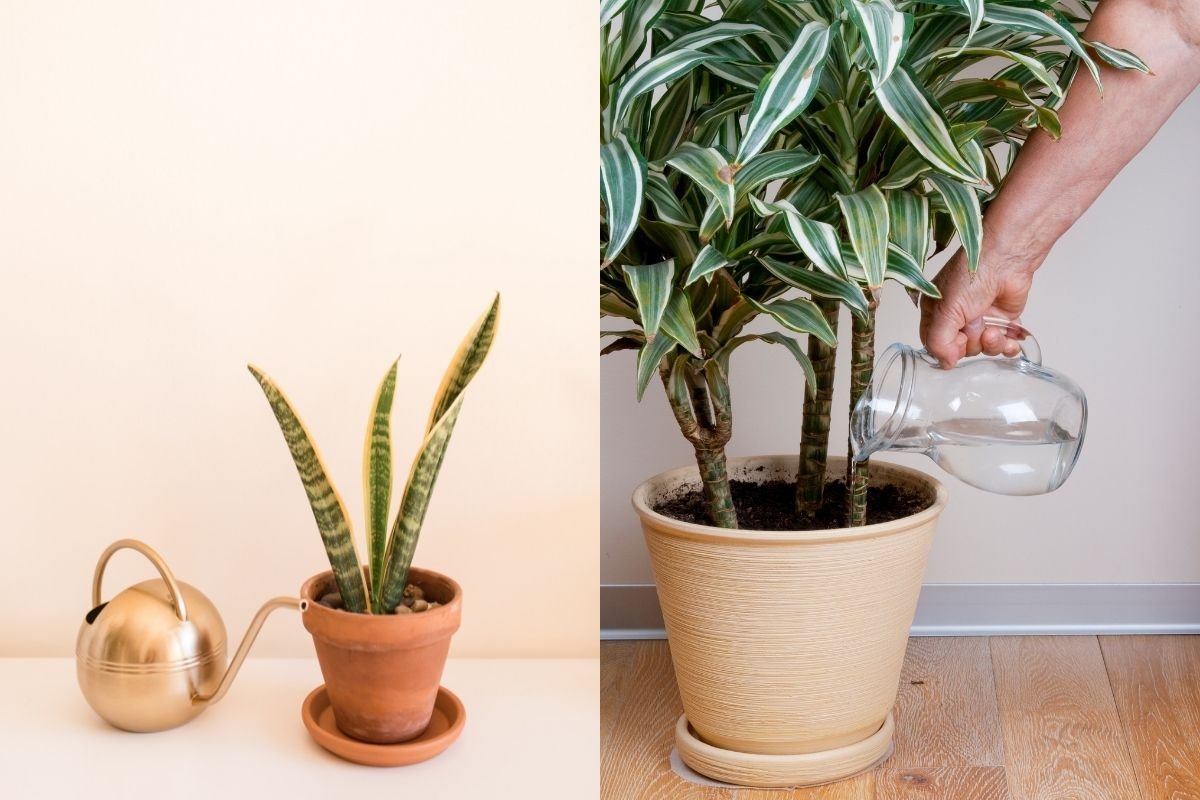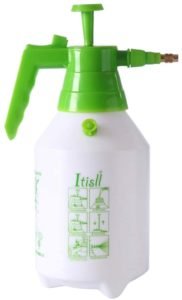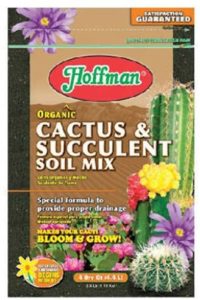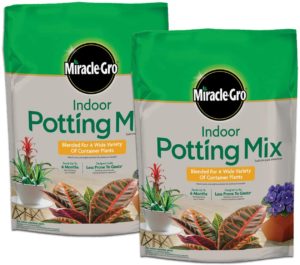There are many different types of dracaena plants, ranging in size, color, and care requirements. Regardless of what type you choose, you want to care for it properly so it will thrive.
Since it’s a slow-growing plant, you might get discouraged when you don’t see immediate changes. (Just me?)
Since dracaena plants evolved to survive in desert conditions, they are best suited in super well-draining soil with infrequent watering.
Here’s how often to water dracaena plants.
Dracaena Watering Requirements
When thinking about how often to water dracaena plants, think about how you care for a succulent…
…because that’s exactly what dracaena plants are. They store water in their foliage, so you don’t need to provide too much water.
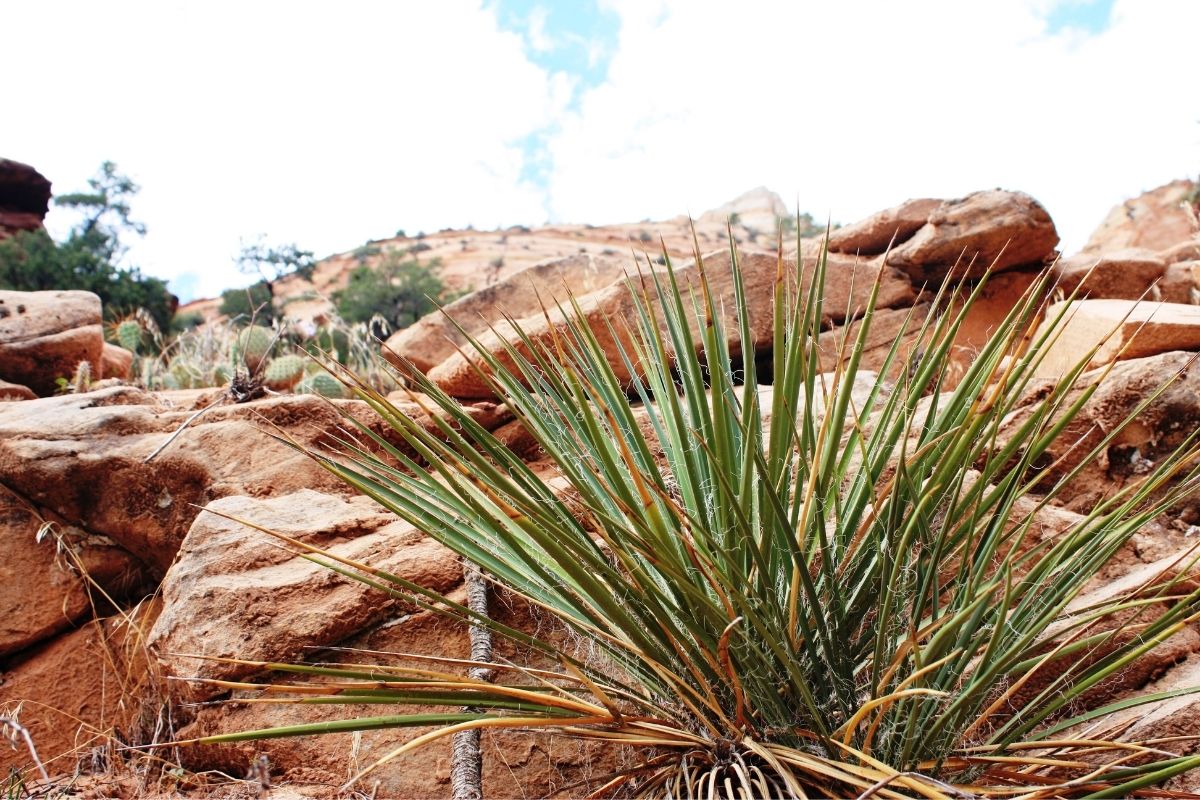
How Often To Water Dracaena Plants
Because dracaena plants are more drought-friendly than other plants, they generally like drier conditions. Water your dracaena every 10-14 days, letting the soil’s surface dry out in between waterings for optimal conditions.
There are several methods you can use to care for your dracaena. If you ensure you’re not overwatering, you can use both approaches for the best dracaena plant care.
Misting the topsoil around the plant
Misting your dracaena plant soil ensures you don’t soak the soil and create root rot. If you mist the plant, you should do it once or twice a week. Simply spray the top of the soil until damp. A pump sprayer like this one delivers a healthy amount of water without flushing the soil.
You can tell when it’s time to water the dracaena because the soil should feel dry to the touch. It should get completely dry between each dracaena watering. This prevents water from collecting in the pot and getting soggy around the roots.
Watering the soil directly
Just as you water other plants by pouring water into the soil, you can do this for your dracaena plant. It doesn’t need as much water as some other house plants, so take special care when using this method.
The misting method requires care once or twice a week, but watering the soil directly is less time-consuming. Read more: best indoor watering can option for houseplants
Water them once every week or two during spring and summer. During cold seasons when plants go dormant, you might only need to water them once or twice a month.
Touch the topsoil and make sure it’s dry before adding more water. If you see excess water in the drip pan, wait to water the dracaena plant. You don’t have to use a pot with holes in the bottom to let water drain out, but it makes the process much easier. If your dracaena pot doesn’t drain, just use less water each time.
It’s better to wait to water your plant instead of overwatering it. Soggy potting soil can lead to root rot and other damage. Since dracaena plants are so low maintenance, they can handle short periods of drought.
Possible Dracaena Plant Watering Problems
Because a dracaena plant matures slowly, you might not know if you’re caring for it properly. It’s possible to underwater and overwaters these plants, so look out for signs of unhappy dracaena plants. Catching problems early on gives you the chance to change your care routine.
You can always use a soil moisture meter to be sure about the moistures levels in the plant soil.
Underwatering
While dracaena can live in drought-like conditions for short periods, underwatering can damage the plant. The leaves will wrinkle as they dry out. If you see these wrinkles and promptly water the dracaena, you’ll see the leaves smooth out relatively quickly.
If you don’t notice the wrinkled leaves and the plant stays underwatered, the leaves will get crispy. You’re sure to notice the problem when the leaf tips turn brown. Brown, dry leaves don’t mean that your dracaena is dead, but you need to water it promptly.
Though brown leaves look alarming, don’t overwater in an attempt to right your wrong. Even though the dracaena has gone through a drought, you don’t want to give it too much water all at once. Give it as much mist or water as you would during regular care so it can adjust.
Check the leaves periodically so you can catch the visual cues of underwatering as soon as they appear. You can keep an eye on the topsoil as well, and touch it often to see how dry it is before giving your plant water.
Overwatering
If you overwater the dracaena, the leaves again give you visual clues. The leaves will turn pale as if the color is draining from them. They will get limp before changing color completely. Yellow leaves quickly turn brown and will fall off if you don’t remedy the situation.
As soon as you notice the leaves’ brown tips, check the pot’s drainage hole. You might need to use well-drained soil or find a pot with more drainage holes to remove excess water.
When you’re potting a new dracaena or moving it to a different pot, you can add rocks in the bottom as a filtration system. If the pot doesn’t have a drainage hole, using rocks or pebbles is crucial. But you can also add this type of layer to pots with holes.
Soil is packed together so tightly that the waterworks it’s way slowly through the medium. Adding a layer of rocks or pebbles creates more space for the water to flow. The stones keep the water away from the roots of the dracaena, preventing root rot.
Instead of using rocks or pebbles, you can add a layer of activated charcoal to the pot. The substance works as a filtration system since it removes impurities from water. It also repels insects and prevents mold, keeping your plant healthy.
Water quality
Though dracaena are low-maintenance plants, they can be sensitive to salt or fluoride in tap water. If you see discolored spots on the leaves, switch from tap water to distilled or filtered water. Filtering and distilling water eliminates chemicals from tap water, making it safer for both you and your plants.
You can even collect rainwater to efficiently water your dracaena. Using rainwater is not only eco-friendly but also gives your plants the natural water they’d get if they were planted outdoors. Rainwater contains organic matter like algae growth and traces of nitrates. These nutrients are beneficial for snake plants and help them grow, without the need for a special plant food or fertilizer just for snake plants. (Just make sure that it’s fresh and hasn’t been sitting for too long as harmful bacteria and pests can begin to grow in it.)
Final thoughts
Dracaena are popular house plants thanks to their variety, unique looks, and low maintenance care. Dracaena plant watering means you’re keeping the soil moist so the plant will thrive. If there’s any problem with your care process, the plant’s leaves will tell you so you can correct the issue. You’ll love having this beautiful, easy plant in your home.
Read more about snake plants
- How Often To Water Dracaena (Including Snake Plants)
- How To Save An Overwatered Snake Plant
- Growing Dracaena Marginata: Care Tips
- Best Soil For Snake Plants That Will Keep Them Happy
- Snake Plant Care: how to keep them happy
- How To Choose The Best Snake Plant Fertilizer
- Snake plant root rot (and how to save it)

